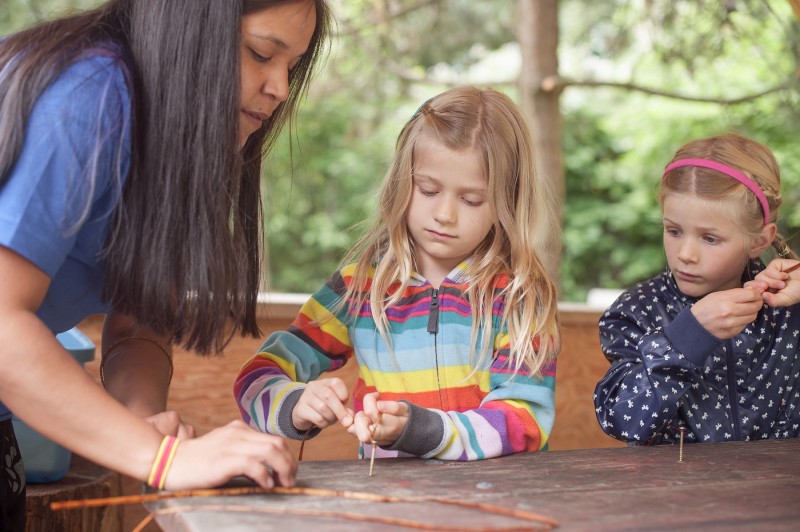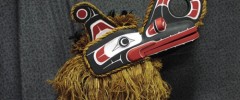Weaving cedar. Weaving stories.
They say you should always take the time to stop and smell the flowers, but in British Columbia you’ll get a lot more from taking the time to consider the trees.
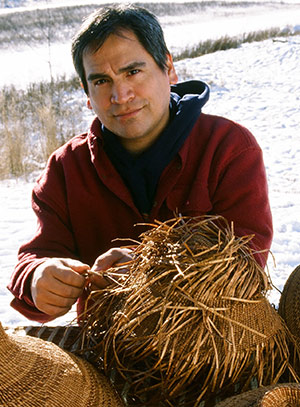
Among the many species of tree that inhabit B.C.’s lush, temperate rainforests, it is the mighty and aromatic cedar that holds a special significance for the province’s Aboriginal peoples.
Cedar has been considered sacred since time immemorial, because the tree provided First Nations peoples with shelter, transportation, clothing, tools – and was the most prevalent medium for artistic expression. It’s bark and roots were used in the weaving of baskets, which is a traditional art form of Native people in B.C.

In fact, the Salish people of the West Coast have been called the Weavers of the Pacific Northwest. They even bred a special breed of dog from which they combed and harvested hair for weaving blankets and clothing. They also gathered mountain goat hair for weaving from trees the animals rubbed against to help shed their winter coats. The wool was spun using spindle whorls, which were sometimes decorated with carved or painted designs that had personal and spiritual meaning for the weavers. You can find examples of the blankets and the beautiful tools used to make them at the Royal BC Museum’s exhibit on weaving, along with a plethora of other Aboriginal cultural artifacts.
The destination resort of Whistler also offers an impressive weaving exhibit at its Squamish Lil’Wat Cultural Centre (SLCC), featuring both lovely blankets and massive cedar mats. Although made in modern times, many of the wool weavings on display are based on designs and weaving techniques used in blankets worn by a delegation of Squamish Chiefs who travelled to England to discuss their concerns about land issues with King Edward VII in 1906.
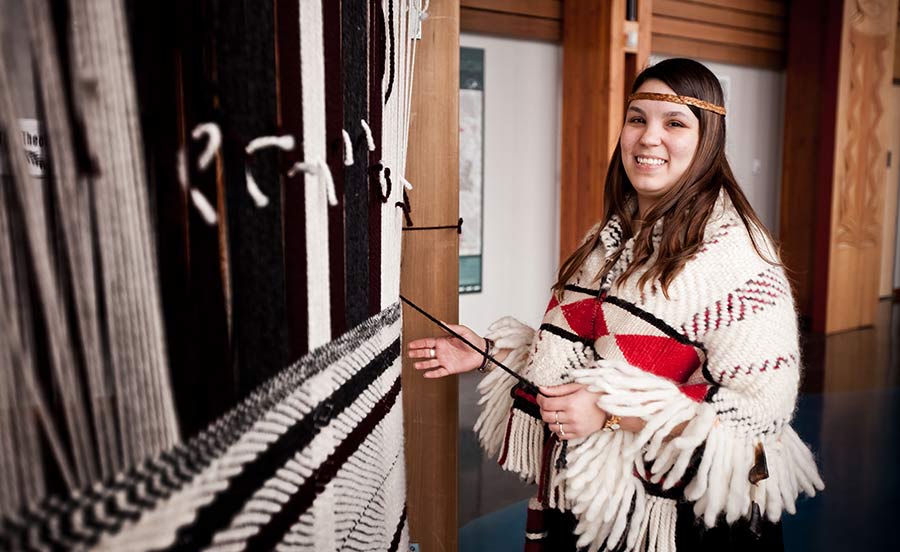
The SLCC is a collaborative project between the Squamish and Lil’Wat Nations.
The Lil’wat are also particularly known for their craftsmanship and their unique basket weaving. For the Lil’wat, even gathering the materials to make the basket was an art in itself.
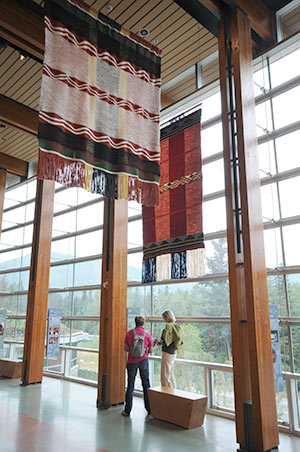
Cedar could only be gathered at certain times of the year. A portion of the bark would be carefully stripped from select cedar trees, leaving the healthy tree intact to continue thriving – because First Nations were green before it was a fad. Other cedar trees were selected solely for their roots.
It is an incredibly long and intricate process, using techniques that have been handed down generation after generation since before Europeans settled in North America, and the results aren’t just mere baskets or blankets, but rather true works of art with cultural significance.
Click here to learn more about how you can add an Aboriginal cultural experience to your trip in British Columbia.
First Nations Carvings and Culture
Ktunaxa Greeting to Visitors
Related Deals
Related Events
Related Blogs
First Nations Carvings and Culture
Ktunaxa Greeting to Visitors

